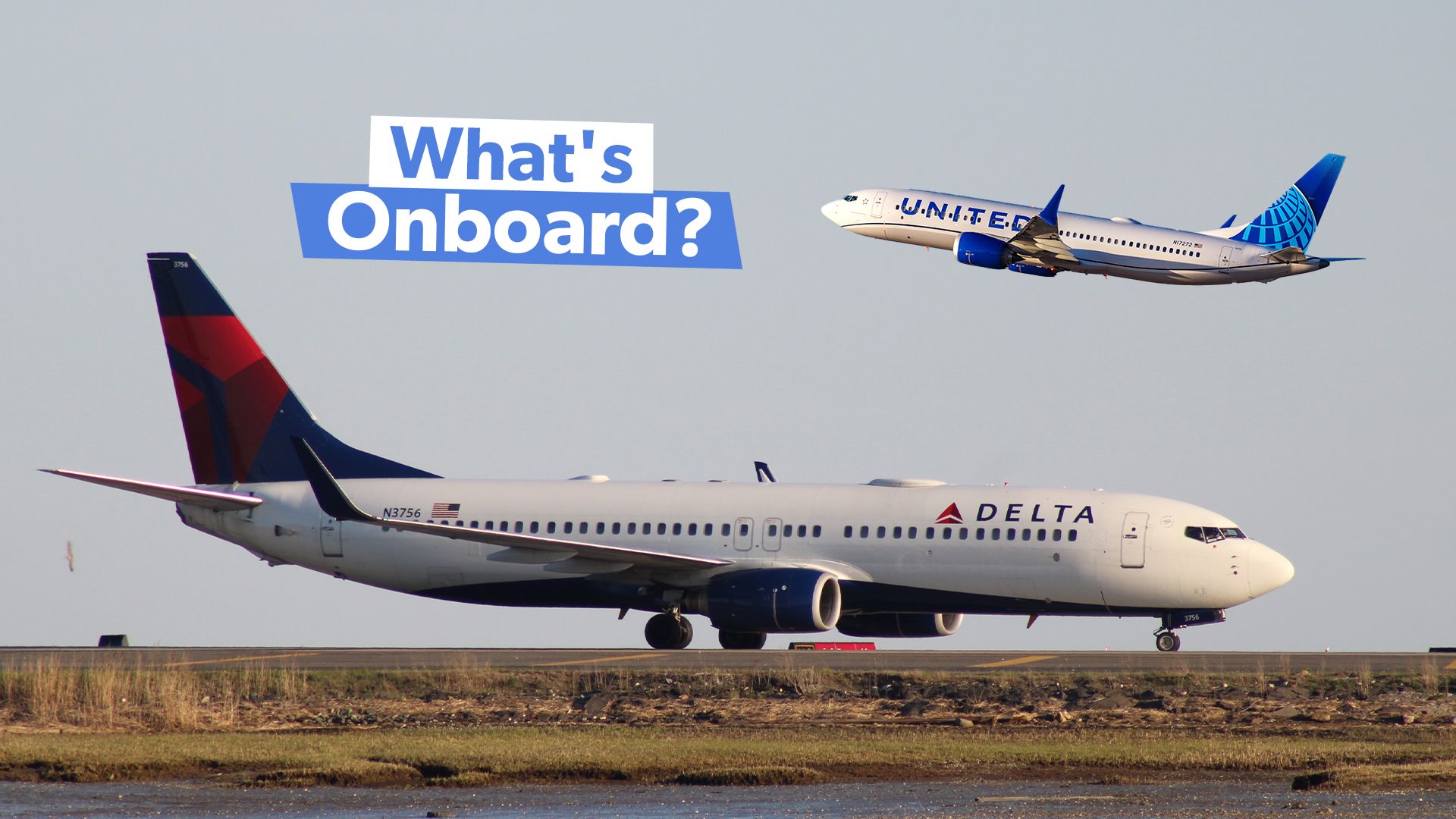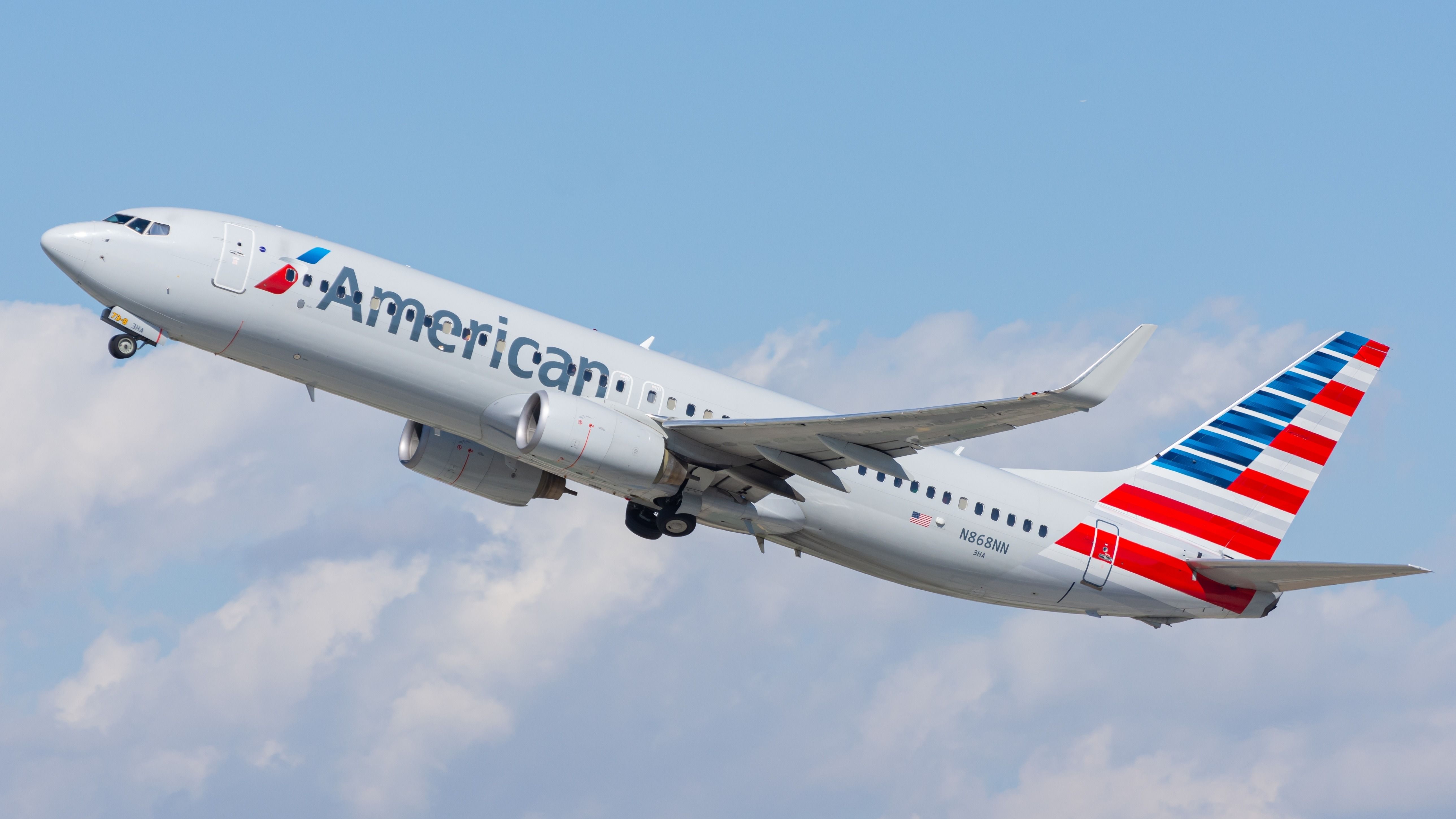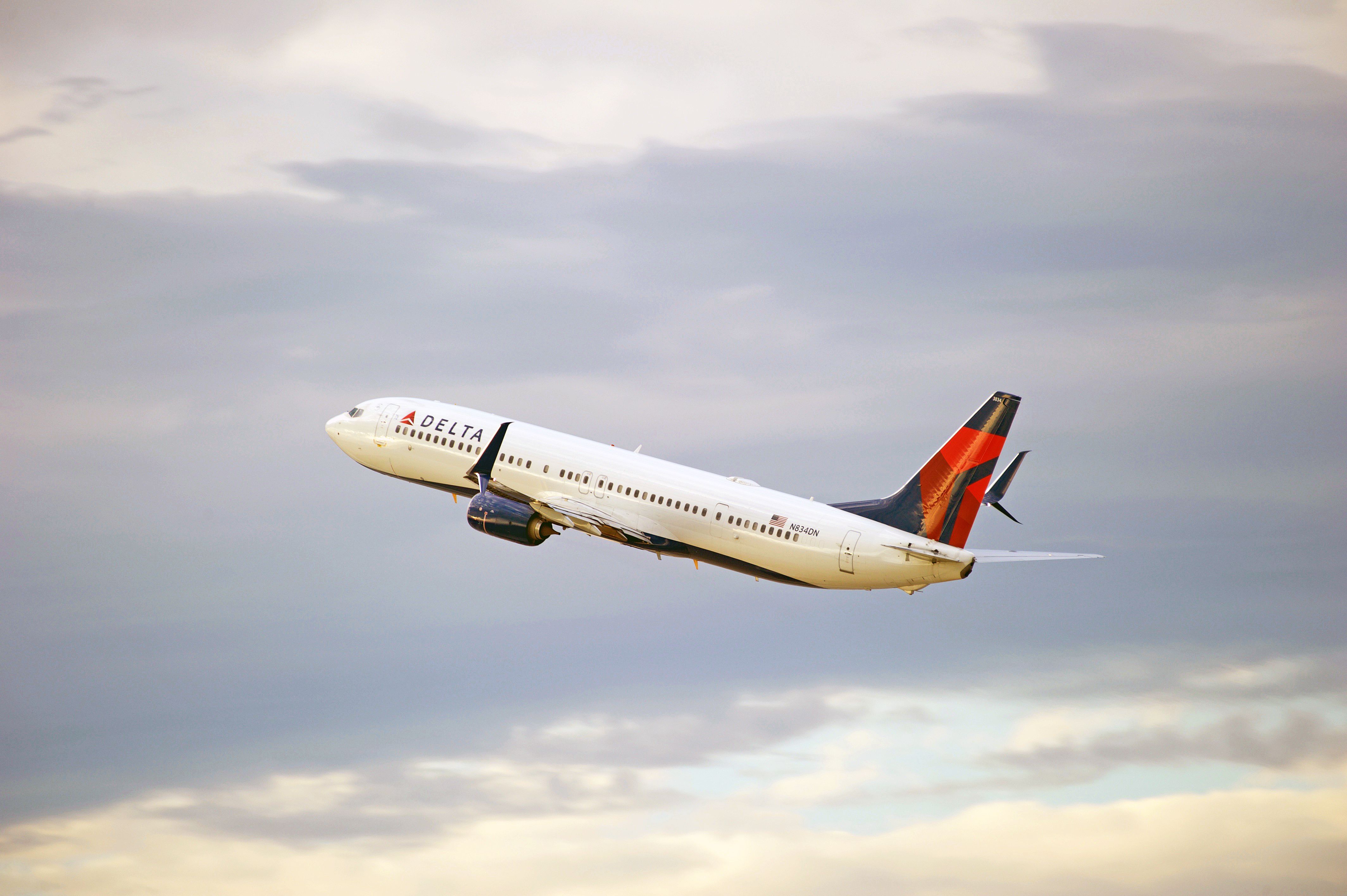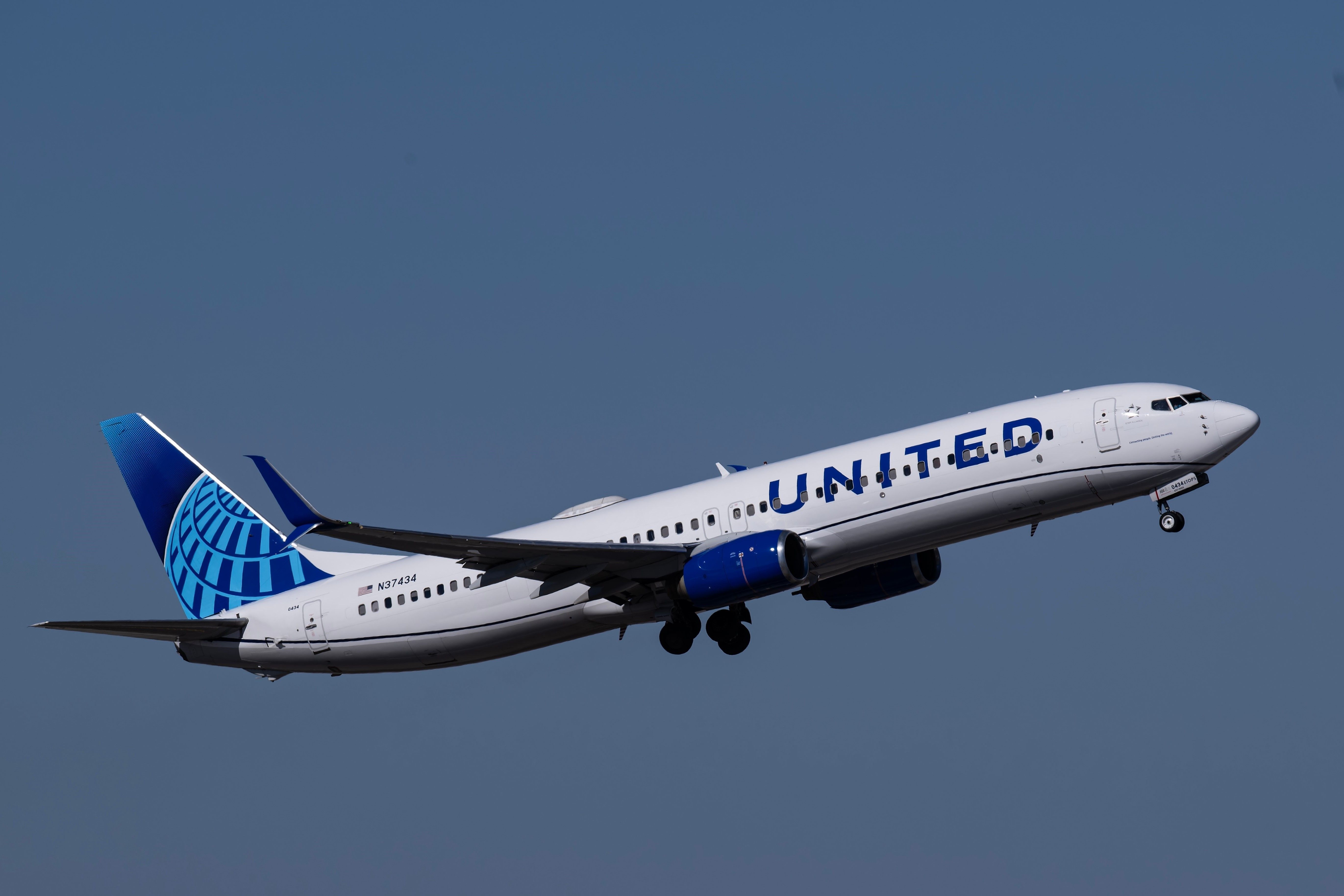The Boeing 737 family of aircraft is a vital part of the fleets for American Airlines, Delta Air Lines, and United Airlines, dominating their domestic and short-haul international routes.
Despite using the same aircraft type, each airline configures its 737 fleet differently, with seating arrangements, in-flight amenities, and cabin layouts reflecting their respective business models and strategies.
We’ll be exploring how the Big Three configure their Boeing 737 aircraft, focusing on the choices they make regarding seat configurations, customer experience, and revenue optimization.
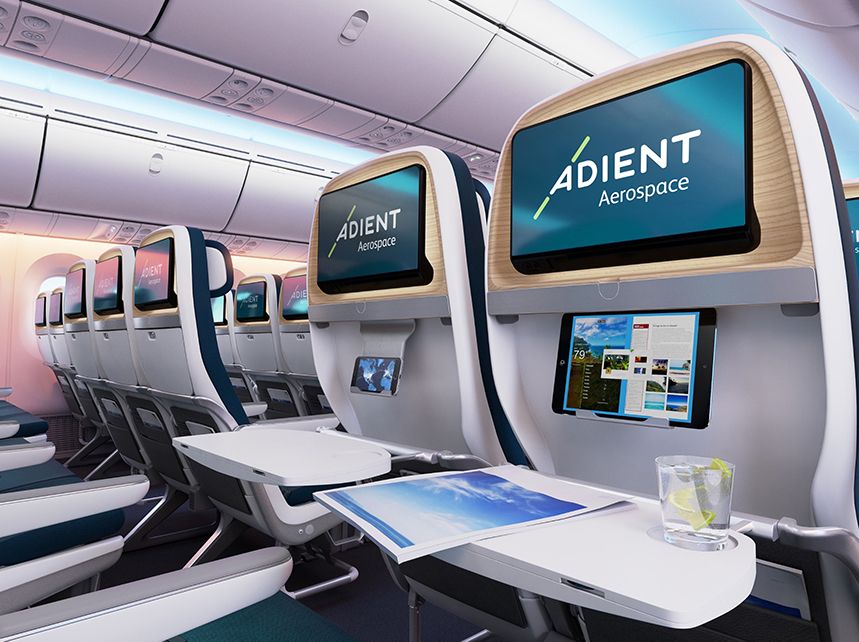
Related
This Clever Seat Could Be The Economy Class Of The Future
Factors influencing the configuration of aircraft
When airlines configure their 737s, a range of factors influence their decisions:
- Route Networks: Airlines tailor the seat layout to the type of routes the aircraft will service. Short-haul, high-frequency routes may demand more economy seats, while premium-heavy routes may prioritize First Class and extra-legroom options.
- Passenger Demographics: Airlines consider the types of passengers they typically serve, such as frequent business travelers on high-demand routes versus leisure travelers who prioritize affordability.
- Revenue Maximization: Airlines aim to strike a balance between premium seating, which generates higher yields, and economy seating, which maximizes capacity and load factors.
Let’s break down how each of the Big Three configures its 737s and how these decisions align with their broader business strategies.
Photo: Minh K Tran | Shutterstock
American Airlines’ Boeing 737 configurations
American Airlines operates the Boeing 737-800 and the 737 MAX 8, and both are configured identically, offering 16 First Class and 156 Main Cabin seats (including 24 Main Cabin Extra seats). Here’s the detailed breakdown, according to AeroLOPA.com:
First Class
- 16 seats arranged in a 2-2 configuration (using Collins MIQ seats).
- Row pitch: 37″, seat width: 20″, recline: 5″.
- These seats feature six-way adjustable headrests, flip-up tablet holders, individual drink trays, and AC/USB power sockets.
Main Cabin Extra
- 24 seats in a 3-3 configuration (using Collins Meridian seats).
- Row pitch: 33″ (37″ at overwing exits), seat width: 17.5″, recline: 3″.
- Equipped with AC and USB power.
Main Cabin
- 132 seats in a 3-3 configuration.
- Row pitch: 30″, seat width: 17.5″, recline: 2″.
- Features include adjustable headrests, flip-up tablet holders, and AC/USB power outlets.
In-flight Amenities
- Wi-Fi is provided through the ViaSat KA-band satellite.
- Unlike Delta and United, these aircraft do not feature seat-back screens. Instead, entertainment is streamed to personal devices.
America’s decision to omit seat-back screens while focusing on in-seat power and streaming services reflects a shift toward lighter cabins and digital solutions that appeal to today’s tech-savvy travelers. With First Class targeting business travelers, Main Cabin Extra offers a more spacious option without fully committing to a premium ticket. The uniform layout across both the 737-800 and 737 MAX 8 ensures a consistent experience for passengers regardless of aircraft model.
Photo: Philip Pilosian | Shutterstock
Delta Air Lines’ Boeing 737 configurations
Delta Air Lines operates two variants of the 737: the 737-800 and the larger 737-900ER. According to AeroLOPA, these aircraft are optimized for comfort and consistent in-flight experiences across domestic routes:
Boeing 737-800 First Class
- 16 seats in a 2-2 configuration (using Delta First seats) with 38″ of pitch and 20.9″ of seat width.
- Each seat is equipped with a touch-screen display, USB ports, and a universal AC power socket.
Delta Comfort+
- 36 seats in a 3-3 configuration located at rows 10 to 15, offering 34″ of pitch and 17.3″ of seat width.
- Comfort+ passengers enjoy enhanced seating and priority boarding.
Main Cabin
- 108 seats in a 3-3 configuration with a seat pitch of 31″ and seat width of 17.3″.
- Every seat features in-seat power and a seat-back entertainment system.
Boeing 737-900ER First Class
- 20 seats in a 2-2 configuration (using Delta First seats) with 37″ of pitch and 20.9″ of width.
- Features include touch-screen AVOD (audio-video on-demand) systems, USB ports, and AC power.
Delta Comfort+
- 21 seats with 34″ of pitch and 17.3″ of seat width, located in rows 10 to 13.
- Passengers benefit from the Comfort+ service, which offers extra legroom and other perks like priority boarding.
Main Cabin
- 139 seats with 31″ of pitch and 17.3″ of seat width, each equipped with a touch-screen, USB power outlets, and shared access to AC power.
In-flight Entertainment and Connectivity
- Both the 737-800 and 737-900ER are equipped with Gogo 2Ku satellite Wi-Fi, ensuring passengers can stay connected en route. Entertainment is delivered through seat-back screens, with USB and power outlets available for charging devices as well.
Delta’s approach to configuring its 737 fleet emphasizes passenger comfort across all cabins. The extensive Comfort+ section offers frequent fliers and leisure travelers alike a compelling upgrade option, bridging the gap between First Class and standard Economy. By making sure that every seat has access to in-flight entertainment and power, Delta maintains its high standard for the domestic travel experience.
Photo: Robin Guess | Shutterstock
United Airlines’ Boeing 737 configurations
United Airlines operates several versions of the Boeing 737, including the 737-700, 737-800, and 737 MAX 9. Each variant is tailored to United’s high-density domestic routes, providing a mix of premium and economy seating that targets both business and leisure travelers. We’re taking a look at the 800 and MAX 9 types, specifically:
Boeing 737-800 (Type 73Q/Y) First Class
- 16 seats in a 2-2 configuration (using Safran Cradle seats), offering 36.7″ of pitch, 20″ of width, and 5″ of recline.
- These seats feature 13″ HD touch-screen displays, adjustable headrests, AC/USB power outlets, and individual drink trays.
Economy Plus
- 48 to 54 seats in a 3-3 configuration (using Collins Slimline seats), featuring 34.5″ of pitch,17.5″ of width, and 3″ of recline.
- Located at the front of the Main Cabin, these seats offer extra legroom and enhanced comfort for passengers willing to pay a bit extra.
Main Cabin
- 96 seats with 30-31″ of pitch, 17.5″ of width, and 2″ of recline, designed for maximum capacity on domestic flights.
- Passengers have access to AVOD entertainment, USB outlets, and Wi-Fi throughout the flight.
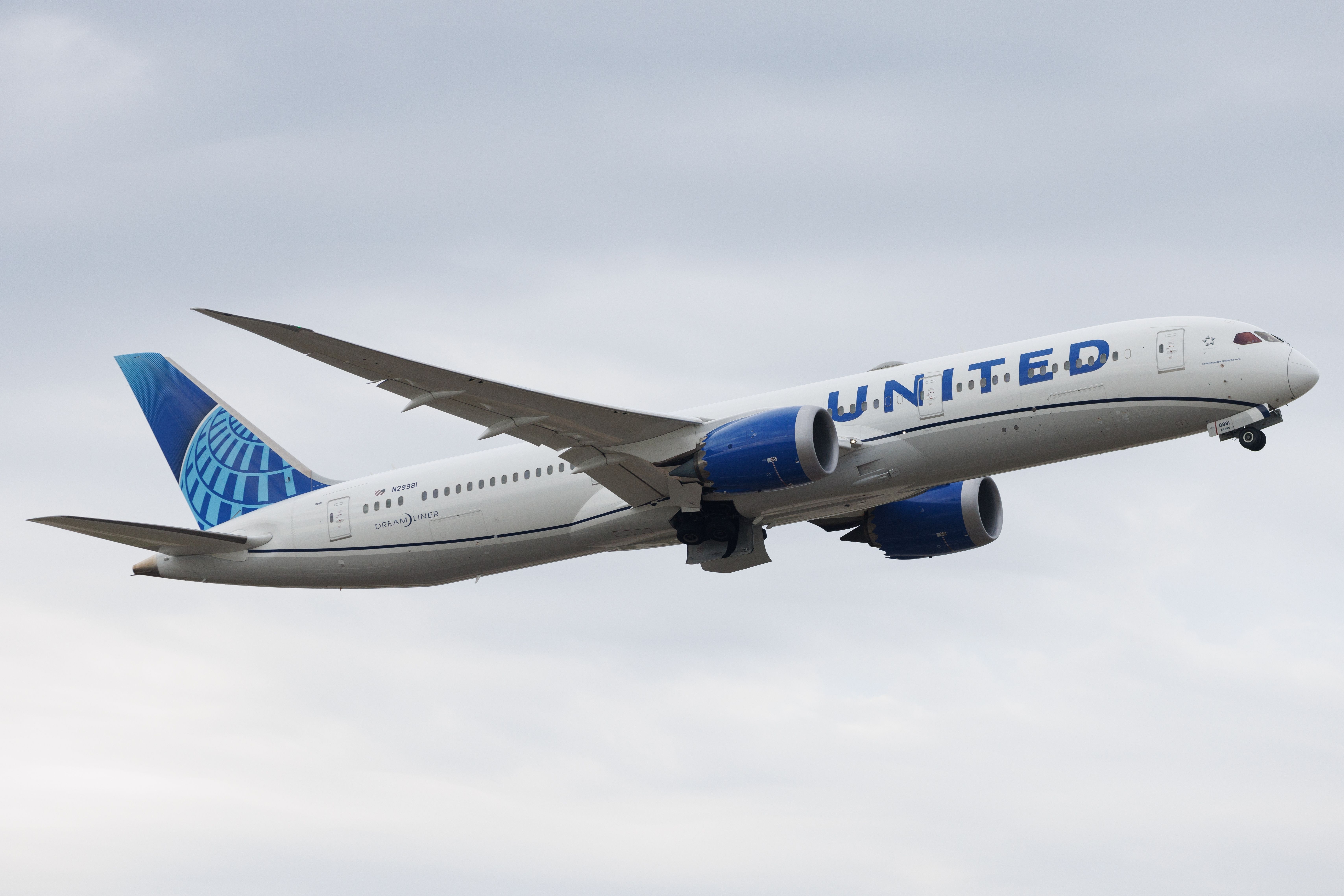
Related
United Airlines Signs Lease For 3 Boeing 737s & 1 Boeing 787 Dreamliner
The four Boeing aircraft are already actively flying on behalf of United Airlines.
Boeing 737 MAX 9 (Type 37M) First Class:
- 20 seats in a 2-2 configuration (using Safran Cradle seats), offering 36.7″ of pitch, 20″ of seat width, and 5″ of recline.
- United has equipped these seats with 13.3″ HD touch screens and both AC and USB-C power outlets.
Economy Plus
- 48 seats in a 3-3 configuration (using Collins Meridian seats) providing up to 33″ of pitch (38.8″ of pitch at exit rows), 17.5″ of width, and 3″ of recline.
- Economy Plus offers extra legroom and priority boarding, appealing to frequent fliers on longer domestic routes.
Main Cabin
- 96 seats arranged in a 3-3 configuration (using Collins Meridian seats) with 30-31″ of pitch, 17.5″ of width, and 3″ of recline, ensuring high passenger capacity while maintaining a few amenities like USB outlets and in-flight entertainment.
In-flight Entertainment
- United’s 737 fleet is equipped with ViaSat KA-band Wi-Fi and personal AVOD screens at each seat. The airline’s investment in AVOD systems helps ensure that passengers have access to a wide range of content, regardless of their cabin.
Wrapping it up
The Boeing 737 remains an integral part of the fleet for American, Delta, and United, but each airline configures the aircraft differently to align with its broader business strategy.
American Airlines offers consistency across its 737-800 and MAX 8, and the uniform configuration reflects American’s goal of offering consistent service across the fleet.
Delta, with its extensive Comfort+ section, ensures frequent flyers enjoy more legroom without upgrading to First Class, making it an attractive option for both leisure and business travelers.
United focuses on premium economy seating with its Economy Plus section, offering more seats in this class than its competitors, ensuring that business travelers on longer routes have comfortable options.
Ultimately, the way these airlines configure their Boeing 737 fleets plays a significant role in shaping the passenger experience, maximizing revenue, and maintaining competitiveness in the crowded U.S. domestic market.

